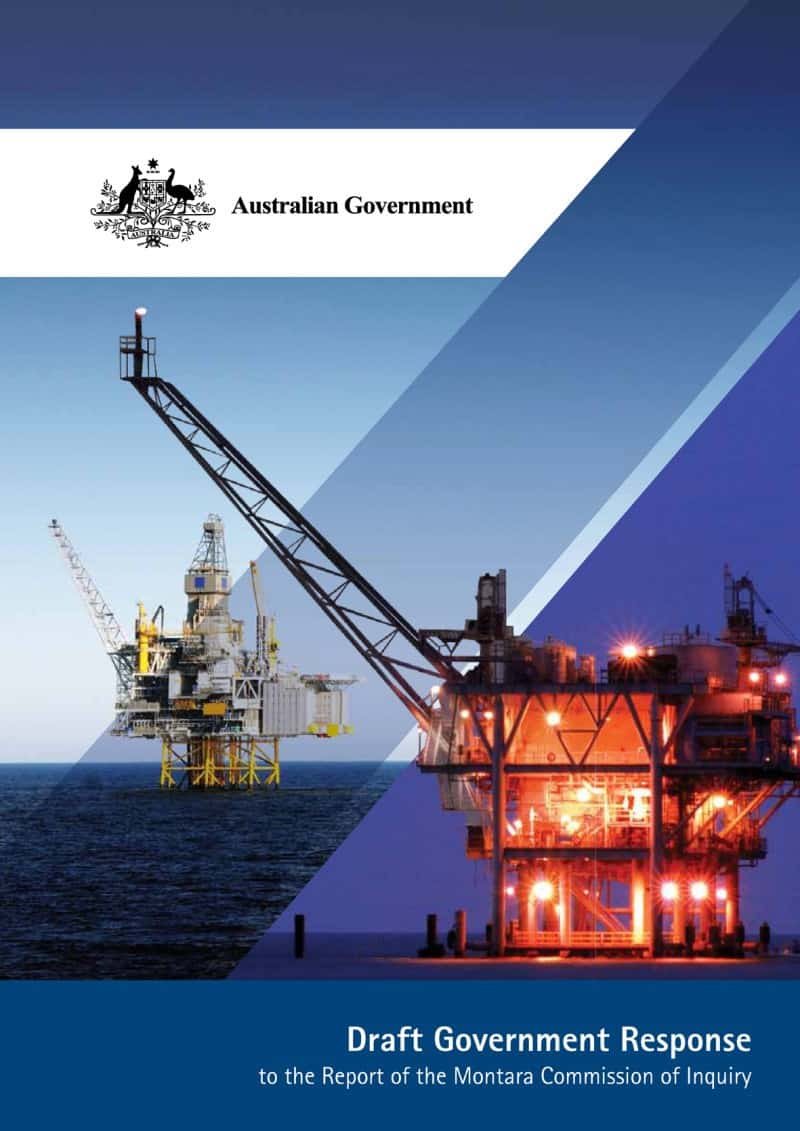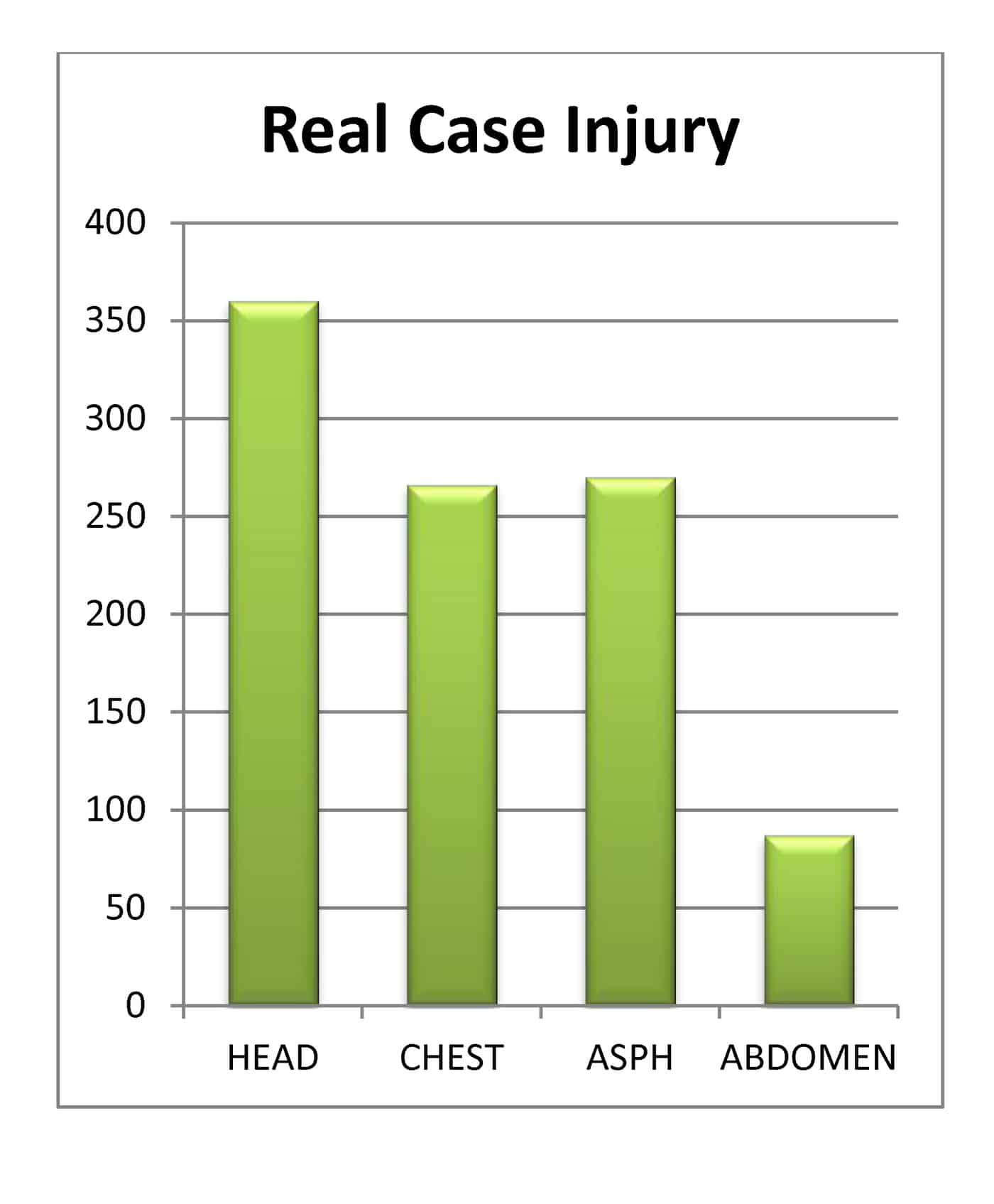‘Why is the most important reason for good workplace health and safety standards not at work at all?’ asks the Homecoming advertisement by implication. Because the injured or killed worker will leave his/her family behind, or harm them if they are injured or killed. S/he needs to think about them and the workplace H&S standard; about their pain and the OHS standard. About them and his/her possibly unsafe behaviour at work so s/he can return home in one piece; return to them. And the imagery is of a patiently waiting young boy, waiting for his father at the front of the house holding a ball. How desperate, lost and lonely that little boy would be if his father (in this case) was killed at work. Your heart goes out to him and thereby an emotional driver has been activated. And, in truth, tragically, such occasions do happen, too often.
Then the father appears and the boy smiles from ear to ear, we can feel the happiness permeating the ambrosia of human wellbeing. Father has come home safe and sound, boy is happy, family is whole, healthy and safe. I can’t remember, does mother peak smilingly from behind the corner as dinner simmers in the kitchen? Your heart swells. Good advert wouldn’t you say?
It’s very hard to change people’s behaviour. It’s hard to get people to effectively achieve sustained improvements in anything. Therefore, haven’t the marketers achieved a lot with this series of advertisements?
Let’s see: first, are there likely to be any OHS improvements at work as a result of any of these ads? I haven’t seen any, have you? Think hard, what exactly has changed?
Secondly, have managers been touched by these ads so that they will now rush out and make dramatic OHS improvements? Continue reading “WorkSafe’s Homecoming Advertisements”


